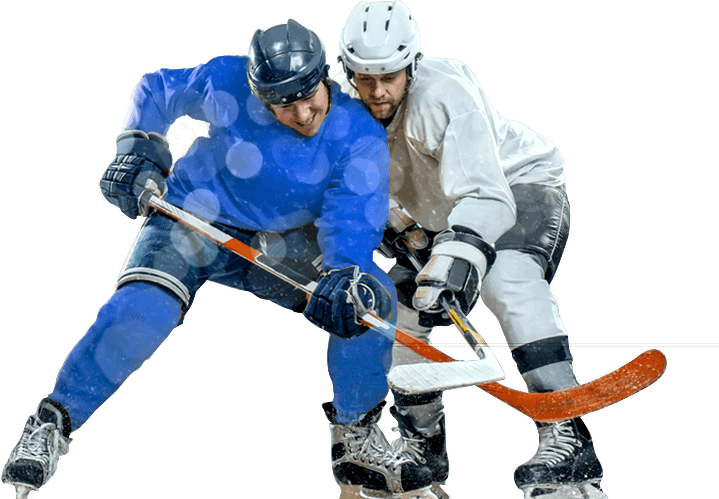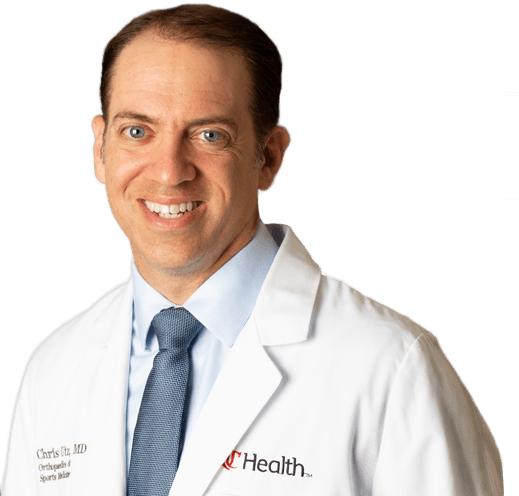Arthroscopic Rotator Cuff Repair
Rotator Cuff Tears
The rotator cuff is a group of tendons in the shoulder that provide support and enable a wide range of motion of the shoulder joint. Major injuries can cause rotator cuff tears. A rotator cuff tear is one of the most common causes of shoulder pain in middle-aged adults and older individuals.
Causes of Rotator Cuff Tears
A rotator cuff tear may occur with repeated use of the arm for overhead activities, while playing sports or during motor accidents.
Symptoms of Rotator Cuff Tears
A rotator cuff tear causes severe pain, weakness of the arm, and crackling sensation on moving the shoulder in certain positions. There may be stiffness, swelling, loss of movement, and tenderness in the front of the shoulder.
Diagnosis of Rotator Cuff Tears
A rotator cuff tear is best viewed on magnetic resonance imaging.
Treatment of Rotator Cuff Tears
Symptomatic relief may be obtained with conservative treatments – rest, shoulder sling, pain medications, steroidal injections and certain exercises. However, surgery is required to fix the tendon back to the shoulder bone.
Rotator Cuff Repair
Surgery to repair the rotator cuff has traditionally been done through a large shoulder incision, about 6-10cm long, and the muscle over the rotator cuff was separated. Newer, advanced surgical techniques have been developed to minimize pain and recovery time.
Arthroscopic Rotator Cuff Repair
Arthroscopic rotator cuff repair is a minimally invasive surgery performed through tiny incisions, about 1 cm each, with an arthroscope.
The arthroscope is a small fiber-optic viewing instrument made up of a tiny lens, light source and video camera. The surgical instruments used in arthroscopic surgery are very small (only 3 or 4 mm in diameter) but appear much larger when viewed through an arthroscope.
The television camera attached to the arthroscope displays the image of the joint on a television screen, allowing the surgeon to look throughout the shoulder-at cartilage, ligaments, and the rotator cuff. The surgeon can determine the amount or type of injury, and then repair or correct the problem.











